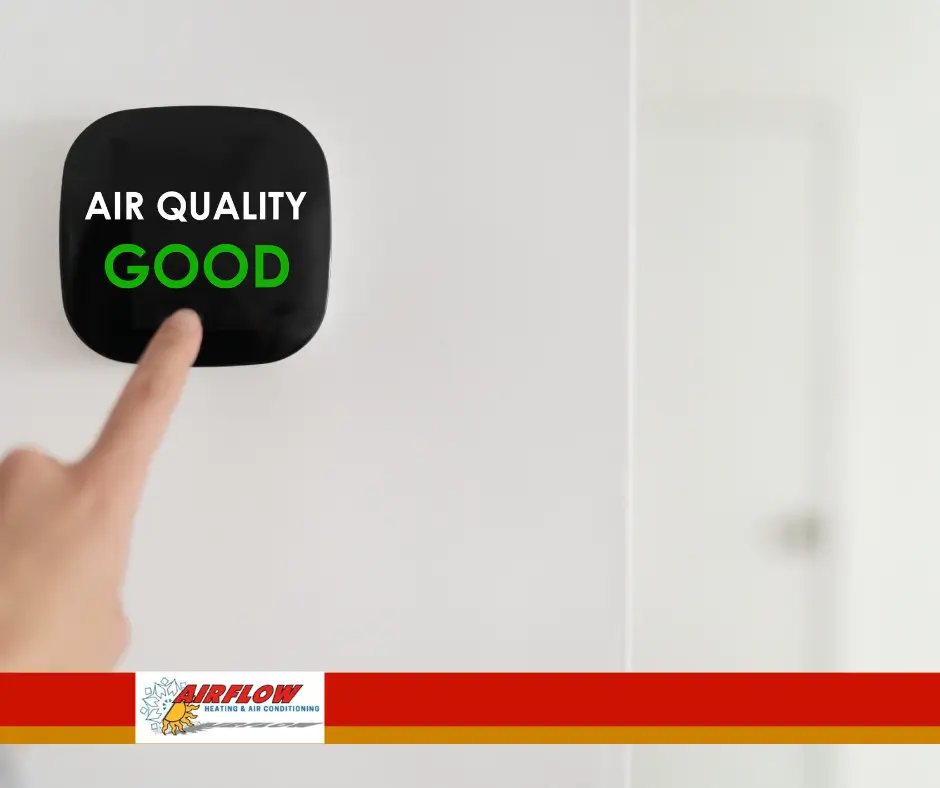What Does Professional Indoor Air Quality Testing Involve?
Professional IAQ testing involves advanced techniques to measure the presence of pollutants and assess ventilation effectiveness. Experts use specialized tools to detect contaminants like volatile organic compounds (VOCs), carbon monoxide, and allergens. By understanding the composition of your indoor air, you can make informed decisions about improvements to your air quality systems.
Key Benefits of Indoor Air Quality Testing
1. Identifying Hidden Pollutants
Many airborne pollutants are invisible and odorless, making them hard to detect without professional testing. Issues like radon, mold spores, or VOCs can compromise your indoor air quality and harm your health.
2. Enhancing System Efficiency
Regular testing ensures your HVAC system is working effectively. Clean air systems operate more efficiently, lowering energy costs and extending the life of your equipment.
3. Promoting Health and Comfort
Good indoor air quality reduces respiratory issues, allergies, and fatigue, creating a healthier and more comfortable environment for everyone in the space.
Signs You Need Indoor Air Quality Testing
- Increased Allergy Symptoms: Persistent coughing, sneezing, or watery eyes may indicate poor IAQ.
- Unexplained Odors: Lingering smells could signal mold or chemical buildup.
- Dust Accumulation: Excessive dust around vents and surfaces may point to inadequate filtration.
- High Humidity Levels: Excess moisture can lead to mold growth and other air quality problems.
How to Improve Indoor Air Quality
1. Regular Maintenance of HVAC Systems
Scheduled inspections and cleanings keep your air quality systems in top condition. Replace filters regularly to ensure optimal performance.
2. Use Air Purifiers
Air purifiers with HEPA filters are effective at removing airborne particles, improving overall indoor air quality.
3. Control Humidity
Maintain indoor humidity levels between 30% and 50% to prevent mold growth and improve air comfort.
4. Ventilate Properly
Ensure proper ventilation by using exhaust fans and opening windows periodically to let in fresh air.
Conclusion
Professional indoor air quality testing is an essential step in maintaining healthy and efficient air quality systems. By identifying hidden pollutants, improving system performance, and addressing health concerns, testing ensures your home or office provides a safe and comfortable environment. Invest in professional testing and take proactive steps to improve your indoor air quality today for a healthier tomorrow.
READ MORE:
The Role of Professional Indoor Air Quality Testing in Enhancing Air Quality Systems





